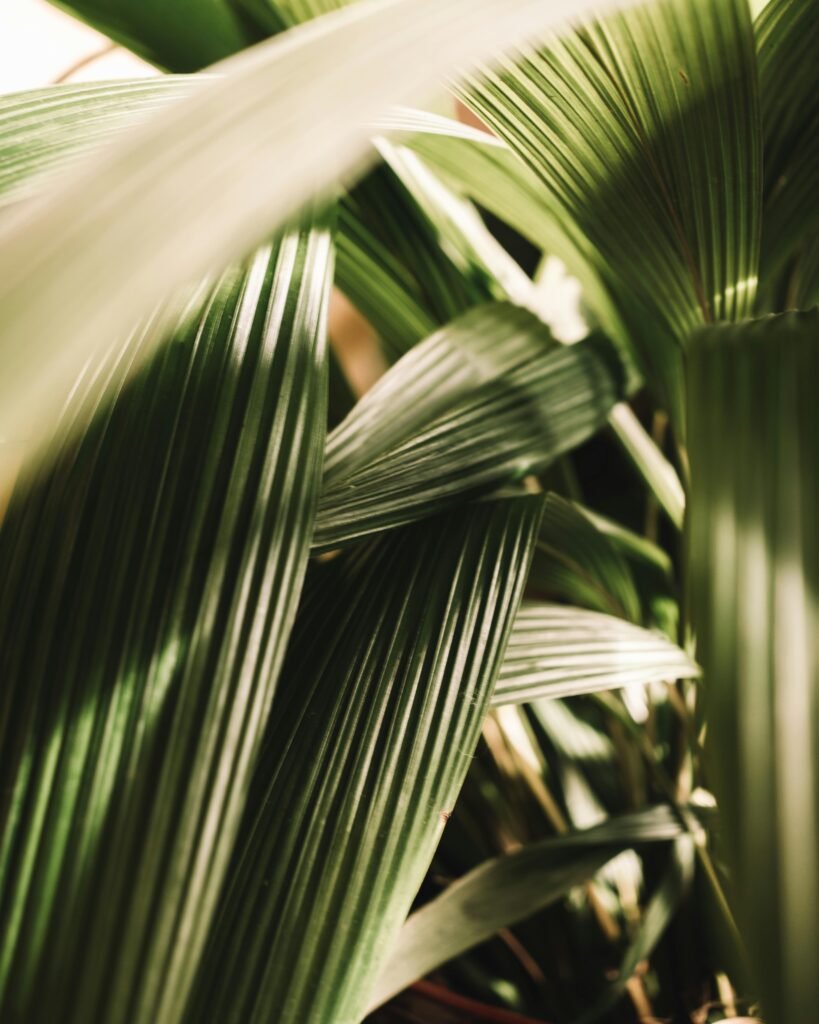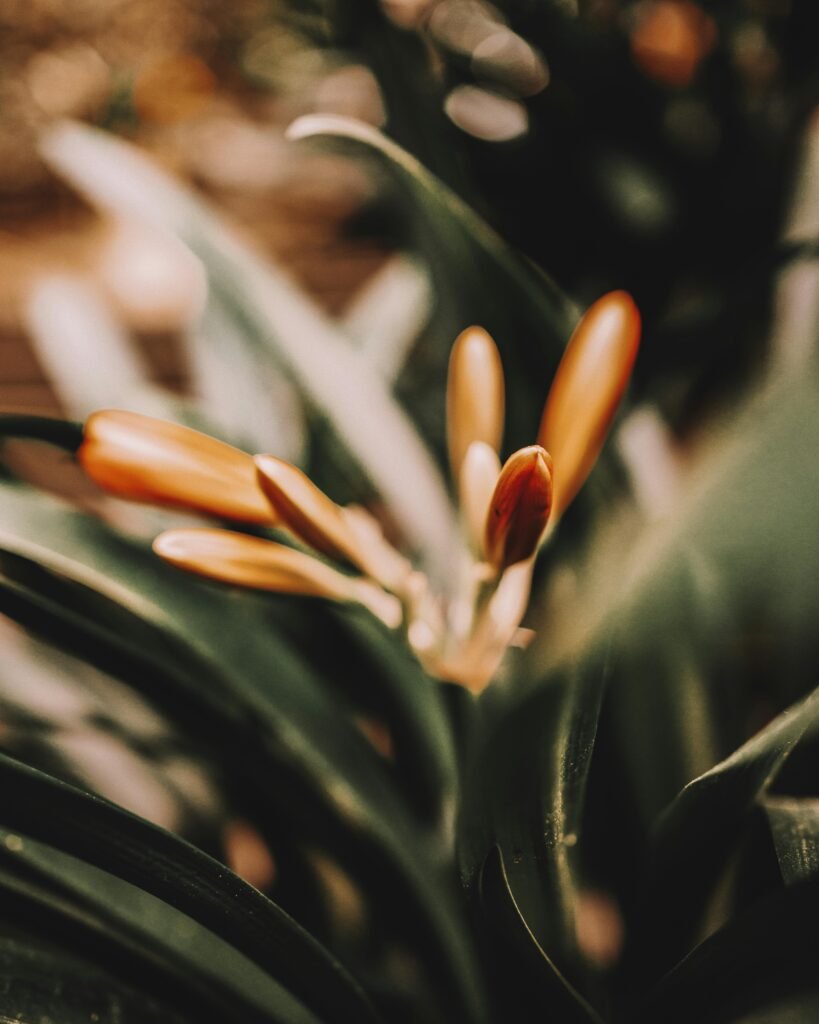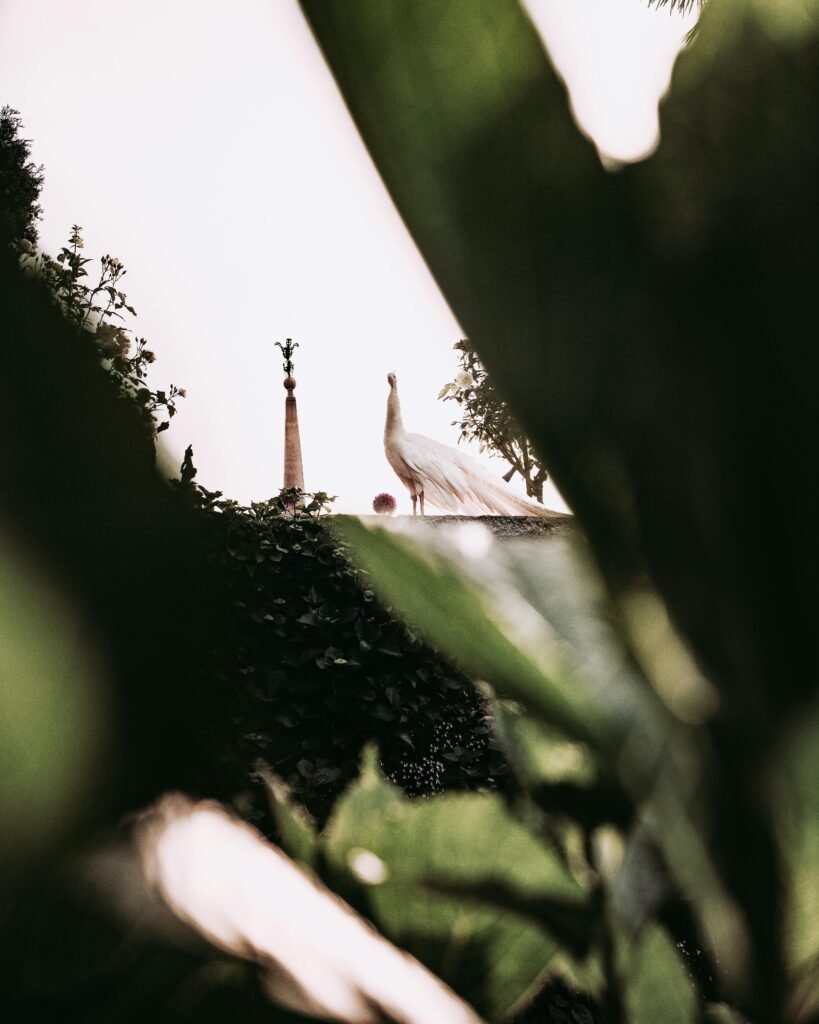Tips for Maintaining Long-Term Care of Artificial Plant Decor
Maintaining the long-term care of your artificial plant decor is crucial for keeping your space vibrant and lively. From dusting to cleaning, there are simple tips and tricks you can follow to ensure that your artificial plants stay fresh and vibrant for years to come. Whether you have a small indoor garden or large potted plants, this article will provide you with all the necessary guidelines to keep your artificial plant decor looking beautiful and realistic. So, grab your dusting cloth and get ready to learn how to give your artificial plants the care they deserve.
Cleaning
Artificial plants can accumulate dust over time, which can make them appear dull and lifeless. To keep your artificial plants looking fresh and vibrant, it is important to regularly clean them. Dusting the leaves is the first step in the cleaning process. Using a feather duster or a soft cloth, gently wipe the leaves to remove any dust or debris. This will help maintain the natural look of the foliage and keep your plants looking their best.
In addition to dusting, washing the leaves can also help restore the shine and brightness of your artificial plants. Fill a basin or sink with warm water and a mild soap or detergent. Immerse the leaves in the soapy water and gently swish them around to remove any dirt or stains. Rinse the leaves thoroughly with clean water and allow them to air dry before displaying them again. This will ensure that your artificial plants remain clean and beautiful.
Cleaning the base of your artificial plants is equally important. Dust and dirt can accumulate on the base, giving it a dull and dirty appearance. To clean the base, use a damp cloth or sponge and wipe it gently. If there are any stubborn stains or spots, you can use a mild soap or detergent to remove them. Be sure to dry the base thoroughly after cleaning to prevent any water damage or mold growth.
When cleaning your artificial plants, it is essential to avoid using harsh chemicals. These can damage the delicate materials and colors of the foliage, causing them to fade or discolor. Stick to mild soaps or detergents, and avoid bleach or abrasive cleaners. By using gentle cleaning methods, you can maintain the beauty and longevity of your artificial plants without causing any harm.
Placement
Proper placement of your artificial plants is crucial for their longevity and appearance. While artificial plants do not require sunlight for photosynthesis like real plants, it is still important to avoid direct sunlight. Prolonged exposure to sunlight can cause the colors of the foliage to fade or the materials to deteriorate over time. Place your artificial plants in areas where they won’t be directly exposed to sunlight, or use curtains or blinds to filter the light.
In addition to avoiding direct sunlight, it is also important to keep your artificial plants away from heat sources. High temperatures can cause the materials to warp or melt, which can ruin the shape and appearance of the foliage. Keep your artificial plants away from radiators, fireplaces, or any other sources of heat. This will help preserve their quality and ensure they stay looking their best for longer.
Considering humidity levels is also important when determining the placement of your artificial plants. High humidity can cause mold or mildew to grow on the foliage, while low humidity can dry out the materials and make them brittle. Aim for a moderate humidity level in the area where your plants are placed, and avoid placing them near humidifiers or in damp areas. This will help maintain the integrity and appearance of your artificial plants.
Lastly, it is essential to protect your artificial plants from pets and children. While artificial plants may not be as fragile as real plants, they can still be damaged if played with or knocked over. Keep your plants out of reach of children and pets to prevent any accidental damage. By following these placement guidelines, you can ensure that your artificial plants remain in great condition and continue to enhance your space.

This image is property of images.pexels.com.
Maintenance
Regular maintenance is key to keeping your artificial plants looking pristine and prolonging their lifespan. It is important to inspect your plants for any damage regularly. Check for loose or unstable parts, such as leaves or branches that may have become detached. If you notice any damage, it is important to repair or replace the affected parts promptly to prevent further deterioration.
Over time, foliage on artificial plants may fade or become discolored. To maintain the vibrant and natural appearance of your plants, it is advisable to replace any fading or discolored foliage. Many artificial plant suppliers offer replacement foliage, making it easy to refresh the look of your plants whenever necessary. By replacing faded foliage, you can ensure that your artificial plants always look lush and lifelike.
Additionally, it is important to check for any loose or unstable parts. Over time, the adhesive or fasteners that hold your artificial plants together may weaken. Check for any signs of instability or movement, and tighten or secure the parts as needed. This will prevent any potential accidents or damage to your plants.
Storage
There may come a time when you need to store your artificial plants, such as during a move or when redecorating. Proper storage is essential to protect your plants from any damage or deterioration. Before storing your plants, make sure to clean them thoroughly. Use a feather duster or a soft cloth to remove any dust or debris from the leaves and base. This will prevent the accumulation of dust during storage.
When choosing a storage container for your plants, opt for one that is dust-free and moisture-free. Dust can settle on the foliage and base, while moisture can lead to mold or mildew growth. Select a container that is large enough to accommodate your plants without squashing or bending the leaves. You can also use tissue paper or bubble wrap to cushion the plants and prevent any damage during storage.
Store your artificial plants in a cool and dry place, away from direct sunlight and extreme temperatures. Attics, basements, or closets are often suitable storage locations. Avoid storing your plants in places that are prone to humidity or temperature fluctuations, as these can damage the materials and color of the foliage. By following these storage guidelines, you can ensure that your artificial plants remain in excellent condition until you are ready to display them again.

This image is property of images.pexels.com.
Avoiding Wear and Tear
To minimize wear and tear on your artificial plants, it is important to avoid excessive handling. Constant touching or rearranging of the foliage can cause the materials to fray or become damaged. While it is natural to want to touch and adjust your plants, try to limit this as much as possible to preserve their quality.
Placing your artificial plants away from high traffic areas is another effective way to prevent wear and tear. Areas with heavy foot traffic or frequent movement can increase the chances of accidentally knocking over or damaging your plants. To minimize this risk, choose a spot where your plants can be enjoyed but are less likely to be bumped or jostled.
Harsh weather conditions can also take a toll on your artificial plants. If you are using them outdoors, it is important to protect them from rain, wind, or extreme temperatures. Consider placing them under a covered porch or patio, or using a waterproof cover to shield them during inclement weather. This will ensure that your artificial plants remain intact and continue to enhance your outdoor space.
Lastly, it is crucial to avoid using your artificial plants near open flames. The materials used in artificial plants are often flammable and can pose a fire hazard if exposed to flames or intense heat. Keep your plants a safe distance away from candles, fireplaces, or any other open flames to prevent any accidents or damage to your plants.
Refreshing the Look
Over time, you may want to update the look of your artificial plants to match your changing decor or personal taste. There are several ways to refresh the look of your plants and breathe new life into them. One option is to prune or trim the foliage. This can help reshape your plants and make them appear fuller or more compact. Use a pair of sharp scissors or pruning shears to carefully trim the leaves or branches to your desired shape.
Adding decorative elements or accessories can also give your artificial plants a fresh and unique look. Consider attaching small ornaments, ribbons, or beads to the foliage to add a touch of personality and style. Just be mindful not to overload the plants with too many accessories, as this can detract from their natural beauty.
Another way to refresh the look of your artificial plants is to rearrange their placement or grouping. Simply moving the plants to a different location or arranging them in a new way can instantly revitalize the overall appearance of the space. Experiment with different configurations and see which arrangement works best for your aesthetic preferences.
If you’re looking for a bigger change, consider changing the pot or base of your artificial plants. Opt for a new container that complements your decor or adds a pop of color to the space. Make sure to properly secure the plant in the new pot or base to ensure stability. This simple change can completely transform the look of your artificial plants and give them a fresh, updated feel.

This image is property of images.pexels.com.
Preventing Dust Buildup
Dust can accumulate quickly on artificial plants, making them look dull and unkempt. To prevent dust buildup and keep your plants looking their best, regular cleaning is essential. Use a feather duster or a soft cloth to gently remove dust from the leaves and base of your plants. This should be done on a weekly basis or as needed, depending on the amount of dust in the area.
In addition to dusting, using a hairdryer on a low setting can help remove dust from hard-to-reach areas or intricate foliage. Hold the hairdryer several inches away from the plant and use the cool or low heat setting to prevent any damage to the foliage. Be careful not to use high heat, as this can cause the materials to melt or warp.
Consider using an anti-static spray on your artificial plants to repel dust and keep them looking cleaner for longer. These sprays create a thin barrier on the foliage, making it more difficult for dust to settle. Follow the instructions on the spray bottle and apply it evenly across the foliage. This will help maintain the freshness and vibrancy of your artificial plants.
Another effective way to prevent dust buildup is to regularly vacuum the area around your plants. Dust particles can settle on the floor or nearby surfaces, eventually finding their way onto the foliage. By vacuuming the area around your plants, you can reduce the amount of dust in the environment and minimize the need for frequent cleaning. This simple step can significantly reduce the maintenance required for your artificial plants.
Avoiding Fading or Discoloration
Fading or discoloration can occur over time, especially if your artificial plants are exposed to sunlight or heat sources. To avoid these issues and keep your plants looking their best, it is important to take the necessary precautions.
First and foremost, it is crucial to keep your artificial plants away from direct heat sources. Placing them near heaters, radiators, or fireplaces can cause the colors to fade and the materials to become damaged. Ensure that your plants are positioned at a safe distance from any sources of heat to maintain their vibrant appearance.
Prolonged exposure to sunlight can also cause fading or discoloration of your artificial plants. If your plants are placed near windows, consider using curtains or blinds to filter the sunlight. This will help protect the colors and materials from the damaging effects of UV rays. Rotating the position of your plants every few months can also help distribute the sunlight evenly and prevent one side from fading more than the other.
For outdoor artificial plants, UV protection sprays can be a useful tool in preventing fading or discoloration. These sprays create a protective barrier on the foliage, blocking UV rays and reducing the likelihood of color loss. Apply the UV protection spray according to the manufacturer’s instructions, and reapply as needed to maintain its effectiveness.
Finally, regularly rotating the position of your artificial plants can help prevent fading or discoloration. Over time, sunlight may affect certain areas more than others, causing uneven fading. By turning your plants periodically, you can ensure that all sides receive equal exposure to sunlight, resulting in a more uniform appearance.
Dealing with Dusty Foliage
Dusty foliage can make your artificial plants look unkempt and dull. Fortunately, there are several ways to effectively clean the leaves and restore their vibrancy.
One method is to gently wipe the leaves with a damp cloth. Fill a basin or sink with warm water and a small amount of mild soap or detergent. Dip a soft cloth or sponge into the soapy water and wring out any excess moisture. Gently wipe the leaves from the base to the tips, being careful not to apply too much pressure. This will remove the dust and any stubborn stains, leaving the foliage looking fresh and clean.
Using a soft brush is another effective way to remove dust from the leaves of your artificial plants. Choose a brush with soft bristles, such as a paintbrush or makeup brush. Use gentle sweeping motions to brush away any dust or debris from the foliage. This method is especially useful for intricate or hard-to-reach areas where wiping may not be as effective.
If your artificial plants have accumulated a significant amount of dust, washing the leaves with mild soapy water can help restore their appearance. Fill a basin or sink with warm water and a small amount of dish soap or detergent. Immerse the leaves in the soapy water and gently swish them around to loosen the dust. Rinse the leaves thoroughly with clean water to remove any soap residue. Allow the foliage to air dry completely before reassembling or displaying your plants.
After cleaning or washing the leaves, it is important to allow the foliage to air dry completely. Placing the plants in direct sunlight or using a hairdryer on high heat can cause the leaves to curl, warp, or lose their shape. Instead, place the plants in a well-ventilated area and allow the foliage to dry naturally. This will ensure that your artificial plants retain their original appearance and shape.
Reviving Artificial Plants
Over time, artificial plants may lose their shine or develop wrinkles. Fortunately, there are several methods to revive their appearance and restore them to their former glory.
To restore the shine of the foliage, you can use a silk leaf spray specifically designed for artificial plants. These sprays add a glossy finish to the leaves, making them appear vibrant and healthy. Follow the instructions on the spray bottle and apply it evenly across the foliage. This will give your artificial plants a fresh and lively look.
If your artificial plants have become static and prone to attracting dust, applying fabric softener can help eliminate static and make the foliage more manageable. Dilute fabric softener with water in a spray bottle and mist it lightly over the foliage. This will help reduce static electricity and make the leaves softer and more pliable.
For artificial plants with wrinkled foliage, using a steamer can help remove the wrinkles and restore a smooth appearance. Hold the steamer several inches away from the leaves and gently steam them, being careful not to get too close or apply too much heat. As the steam penetrates the leaves, they will begin to relax and regain their original shape.
If certain parts of your artificial plants have become damaged or faded, you can consider repainting them to breathe new life into the overall appearance. Choose a paint color that matches the original shade and carefully apply it to the affected areas. Allow the paint to dry completely before reassembling or displaying your plants. This method can be particularly useful for plants with plastic or wooden parts that have sustained damage.
Long-term care for artificial plant decor is essential to ensure their longevity and keep them looking their best. By following these tips for cleaning, placement, maintenance, storage, and more, you can enjoy beautiful and vibrant artificial plants that enhance your space for years to come. With a little care and attention, your artificial plants will continue to bring life and beauty to your surroundings, without the hassle of maintaining real plants.



